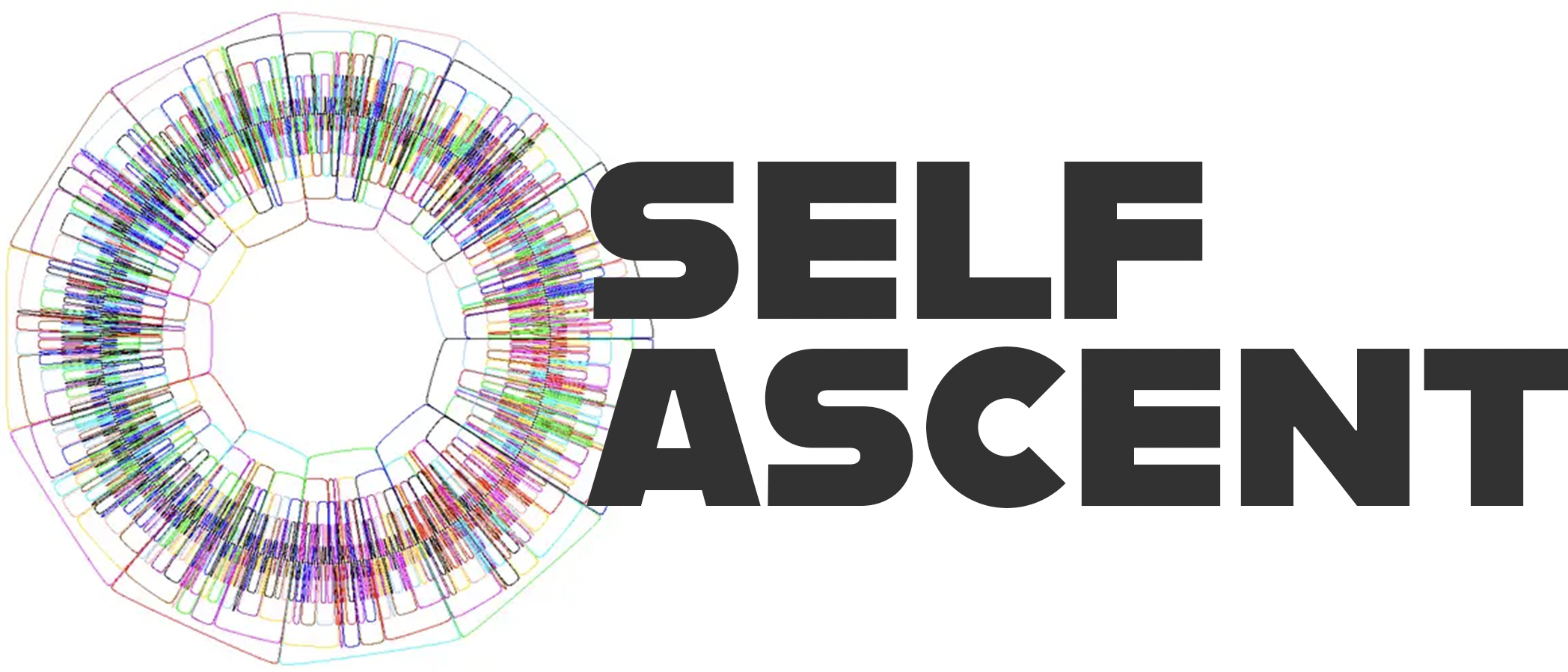Why Read It
Vipassana means ‘insight’ or ‘seeing’ in the ancient Pali language of India. The insight, or seeing, that Vipassana Meditation aims for is a profound realization of the reality of impermanence within the framework of the body and mind.
Every moment, the subatomic particles that compose the body arise and pass away. Every moment, the mental functions of mind appear and disappear, one after another.
If the body and mind are both impermanent and fleeting, what remains?
Vipassana aims to bring about sustained awareness and acceptance of this impermanence, so that one may gently uncover the deeper unchanging reality that is the True Self of the Perennial Philosophy. Vipassana is a timeless technique of ecstasy that has supported the awakening of countless people through time, beginning with the Buddha himself.

Overview
“Vipassana Meditation As Taught By S.N. Goenka” by William Hart offers a comprehensive introduction to the ancient practice of Vipassana, as taught by the renowned teacher S.N. Goenka. Hart elucidates the technique’s focus on self-observation, emphasizing mindfulness and the understanding of impermanence (Anicca). The book’s non-sectarian approach makes it accessible, aligning well with the inclusive nature of the Perennial Philosophy, and the emphasis on the mind-body connection, mental purification, and ethical living resonates deeply with universal spiritual truths. This work not only offers practical guidance for meditation but also shows how these principles can be integrated into daily life, aiding in the development of compassion, empathy, and a profound sense of interconnectedness. It’s a valuable resource for those seeking a deeper understanding of Vipassana and its relevance to broader spiritual concepts.
Key Takeaways
- The Essence of Vipassana Meditation: The book explains Vipassana as a form of meditation focused on self-observation. It teaches one to observe bodily sensations objectively, understanding their impermanent nature, which leads to insights into the nature of suffering and attachment.
- The Concept of Anicca (Impermanence): A central theme is the Buddhist concept of impermanence (Anicca). By observing the transient nature of thoughts and sensations, practitioners learn to detach from cravings and aversions, leading to inner peace.
- Resolution of Suffering and Movement Into Liberation: Hart delves into how Vipassana meditation helps in understanding and overcoming suffering. By facing and accepting realities of life, such as pain and change, individuals can find greater peace and resilience.
- Practical Applications: Hart provides practical guidance on how to practice Vipassana meditation, including posture, breathing, and the process of observing sensations, making it a useful guide for beginners.
- Path of Self-Realization: Vipassana is presented not just as a technique but as a journey towards self-realization, offering insights into the true nature of one’s existence. The practice of Vipassana promises to dissolve the notion of the limited, separate self and dawn the awareness of True Self.



























